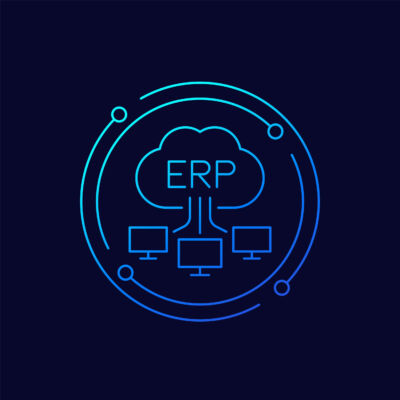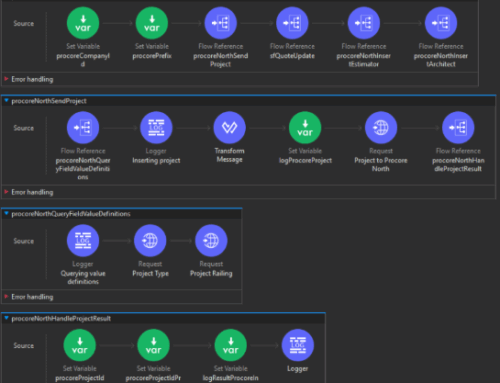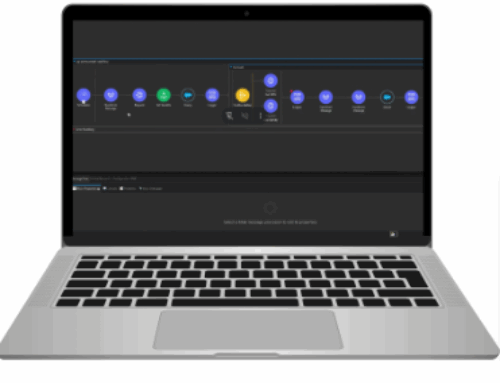Don’t Wait on the ERP System — Launch Your CRM Now!
In our line of work, deciding which to implement first — ERP or CRM — is a common dilemma. A classic question we hear whenever a client is implementing a new ERP system while considering a CRM rollout is: “We’re concerned about handling both projects at the same time; shouldn’t we do the ERP first?”
Our answer is a resounding “no!” This viewpoint is based on years of experience and observation. Let us explain our reasoning.
The Clock is Ticking, and Waiting Can Be Costly
Digital transformation has immediate and significant impacts on an organization. The moment you commit to launching your CRM, the potential ROI is waiting for you. Every day without it, your competitors gain an advantage and your customer satisfaction declines. These urgent pressures demand action!
Salesforce, a low code/no code platform, can be implemented much faster than an ERP system. In our experience, Salesforce implementations consistently outpace ERP projects by months, or even years. This means your CRM can be up and running well before the ERP cutover.
A few years ago, we persuaded a client to start their Salesforce implementation in parallel with their SAP implementation. We were scheduled to integrate with SAP one year after the Salesforce build started (6 months after we went live). Two years later, we’re still waiting for the ERP build to be completed and stable enough to begin integration. While not every ERP project faces such delays, it’s not uncommon, and we’ve seen it more than a few times ourselves.
CRM and ERP Systems Can Function Independently
Integrating your System of Engagement (Salesforce) with your System of Record (ERP) can provide added value. However, in most cases, this integration isn’t mission-critical day-one. We often recommend implementing the ERP integration in a second phase, allowing clients to enjoy faster returns on their CRM investments.
The CRM Can Bridge the Gap with Your Legacy ERP
Given how long an ERP build can take, some clients prefer not to wait for the new ERP cutover to complete. It might take years (literally). In these cases, we integrate the CRM with the legacy ERP as an interim solution and then switch to the new system when it’s ready. This approach often proves practical, as data architectures and migration from legacy systems usually align.
It’s Not a Conflict of Resources
Many clients worry about the strain on resources during parallel builds. They tell us, “Our people will be too busy with the ERP project to staff the CRM project.”
The reality is that the two projects require different people. ERPs consume the time of Operations and IT resources; Salesforce requires the attention of Sales, Marketing, and Service team members. IT involvement in the Salesforce project is usually minimal, depending on the timing of the ERP integration.
The CRM Implementation Can Inform the ERP Build
By completing the Salesforce implementation before the ERP system is prepared for data synchronization, you often create opportunities for process refinement and debugging. This approach ensures that account architecture is well-established, integration requirements are identified, and a designated “home” for integrated data is already in place.
To sum up, our case for implementing a CRM system concurrently with an ERP project is backed by compelling evidence and practical experience. There’s no reason to postpone your CRM launch, and doing so can have detrimental effects on your organization’s competitiveness and customer satisfaction. Embrace the benefits of parallel implementation, and watch your organization flourish as you optimize both customer engagement and operational efficiency.





